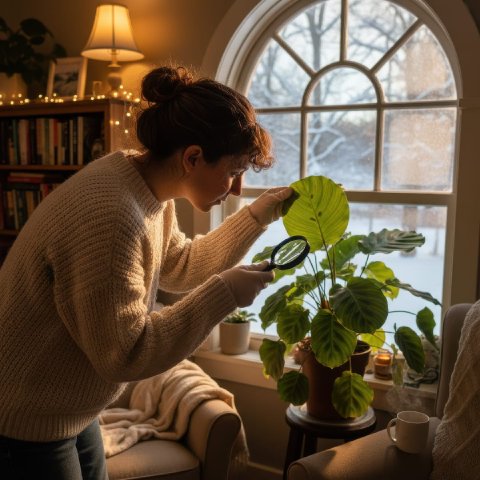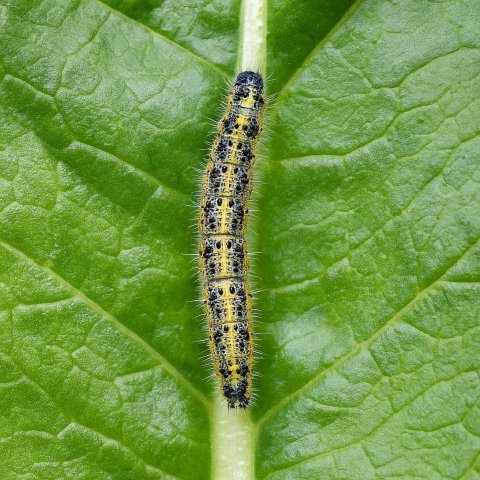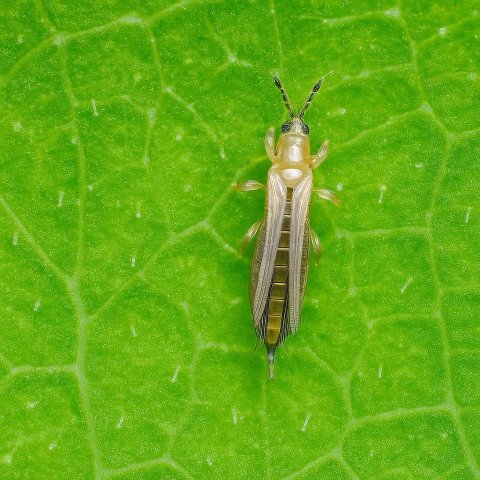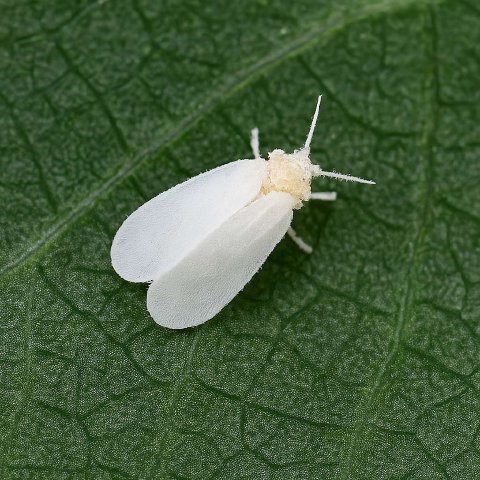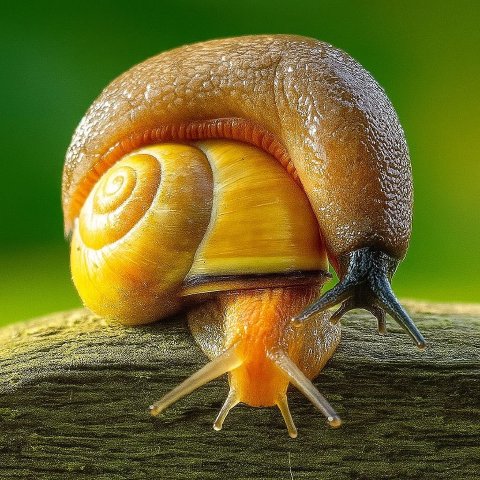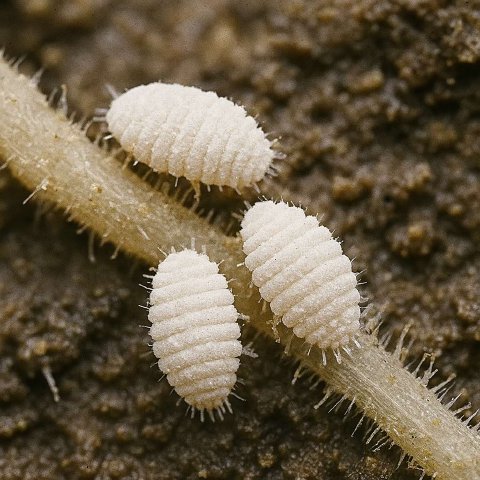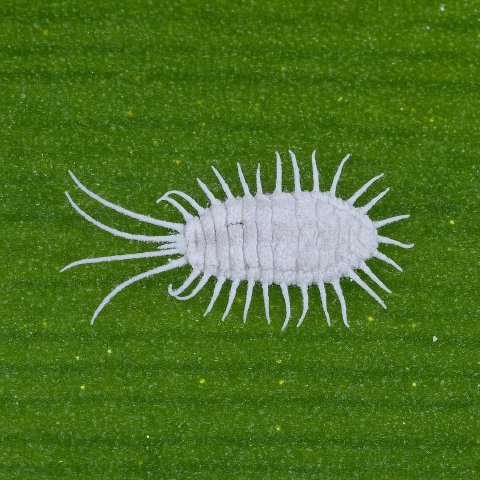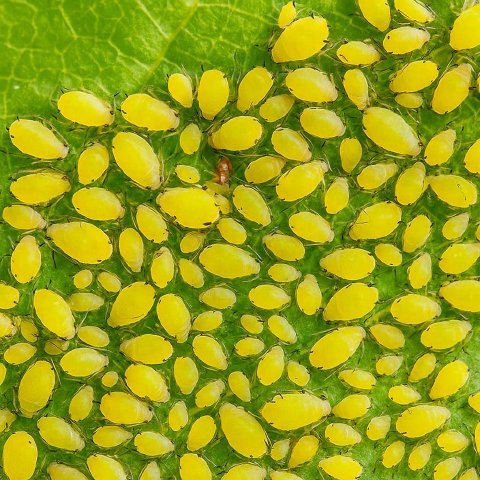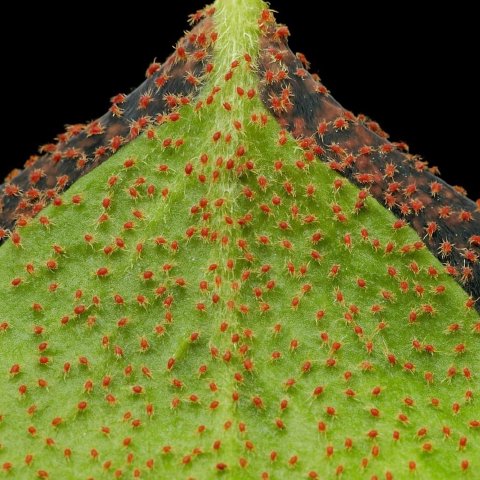🪴 In This Guide 🪴
🔎 What Are Scale? A Closer Look
Understanding the Pest
Scale are masters of disguise. The adult females lose their legs and antennae, developing a hard or waxy shell-like covering that protects them as they feed in one spot. This “shell” is what you see as bumps on your plant.
There are two main types:
- Hard Scale: Have a distinct, hard shell that is separate from their body. They don’t produce honeydew.
- Soft Scale: Have a waxy coating that is part of their body. They produce a large amount of sticky “honeydew.”
The real danger comes from their mobile offspring, called “crawlers.” These tiny, yellowish-orange specks hatch, crawl to a new spot on the plant, and then settle down to form their own protective armor.
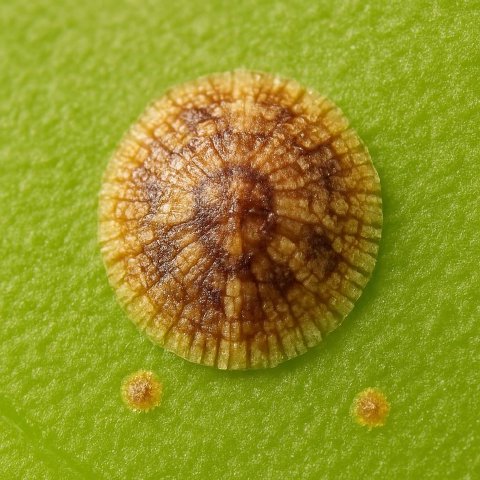
How to Identify Scale: Signs & Symptoms
Because they are motionless, you need to look for subtle signs.
- Visible Bumps: This is the primary sign. Look for small (1-5mm), oval or round, slightly raised bumps. They are most often found on stems and along the veins on the undersides of leaves. They can be brown, tan, black, or whitish.
- Sticky “Honeydew”: If you have soft scale, you’ll find a clear, sticky substance on leaves and surfaces below the plant. This is a dead giveaway.
- Sooty Mold: The honeydew from soft scale often attracts a black, dusty fungus. It’s not harmful itself but it’s ugly and blocks light.
- Plant Decline: A heavy scale infestation will cause yellowing leaves (stippling), leaf drop, and severely stunted new growth as the pests drain the plant’s resources.
- Ants: Ants are attracted to the sweet honeydew produced by soft scale and will protect them from predators.
🤔 What Causes a Scale Infestation?
How Did These Bumps Get Here?
Scale crawlers are tiny and can easily go unnoticed. They typically arrive on:
- New Plants: This is the most common source. An infested plant from a nursery can quickly spread scale to your collection.
- Lack of Airflow: Stagnant, warm conditions are ideal for scale to thrive and for crawlers to settle.
- Plant Stress: Stressed plants are less able to defend themselves, making them prime targets.
🌿 How to Get Rid of Scale: A Step-by-Step Treatment Plan
Step 1: Isolate the Plant IMMEDIATELY
The moment you confirm it’s scale, move the plant far away from all other houseplants to prevent the mobile crawlers from spreading.Step 2: Manual Removal (Most Important Step!)
You cannot skip this step. The armor on adult scale makes sprays ineffective.
- Scrape Them Off: Use your fingernail, the edge of a spoon, or a small, dull knife to gently scrape off every scale bump you can find.
- Use Rubbing Alcohol: For a less aggressive approach, dip a cotton swab or a soft toothbrush in 70% isopropyl rubbing alcohol and use it to scrub the scale off. The alcohol helps dissolve the waxy coating of soft scale and kills the insect.
Step 3: Natural & Organic Treatments
After manual removal, a thorough spray will kill the nearly-invisible crawlers. Repeat this every 7-10 days for several weeks.
- Horticultural Oil: This is highly effective against scale. It’s a refined oil that works by suffocating insects at all life stages, including adults under their armor. Follow the product’s mixing instructions and spray the entire plant, especially stems and leaf undersides.
- Neem Oil Solution: Neem oil works as a suffocant and growth regulator, particularly effective against the crawler stage.
- Recipe: Mix 2 teaspoons of pure, cold-pressed neem oil and 1 teaspoon of mild dish soap in 1 quart of warm water.
- Application: Shake well and spray all plant surfaces thoroughly.
Step 4: Chemical Treatments (For Severe Cases)
For persistent or very heavy infestations, systemic insecticides are an effective option. The plant absorbs the poison, which is then ingested by the scale as they feed, bypassing their armor completely. Use these with caution, especially indoors, and always follow the label instructions.🛡️ How to Prevent Scale from Coming Back
Proactive Plant Care
- Inspect, Inspect, Inspect: Meticulously check any new plant before bringing it home. Run your fingers over the stems and leaves to feel for any unusual bumps.
- Regular Cleaning: Wiping down leaves and stems with a damp cloth as part of your routine care can remove crawlers before they establish.
- Improve Airflow: Good air circulation makes it harder for pests to settle on your plants.
- Prune Affected Areas: If an infestation is localized to one or two branches, you can prune them off and dispose of them to quickly reduce the population.
